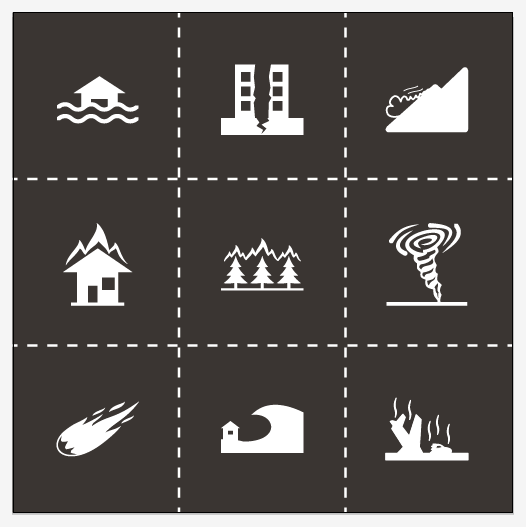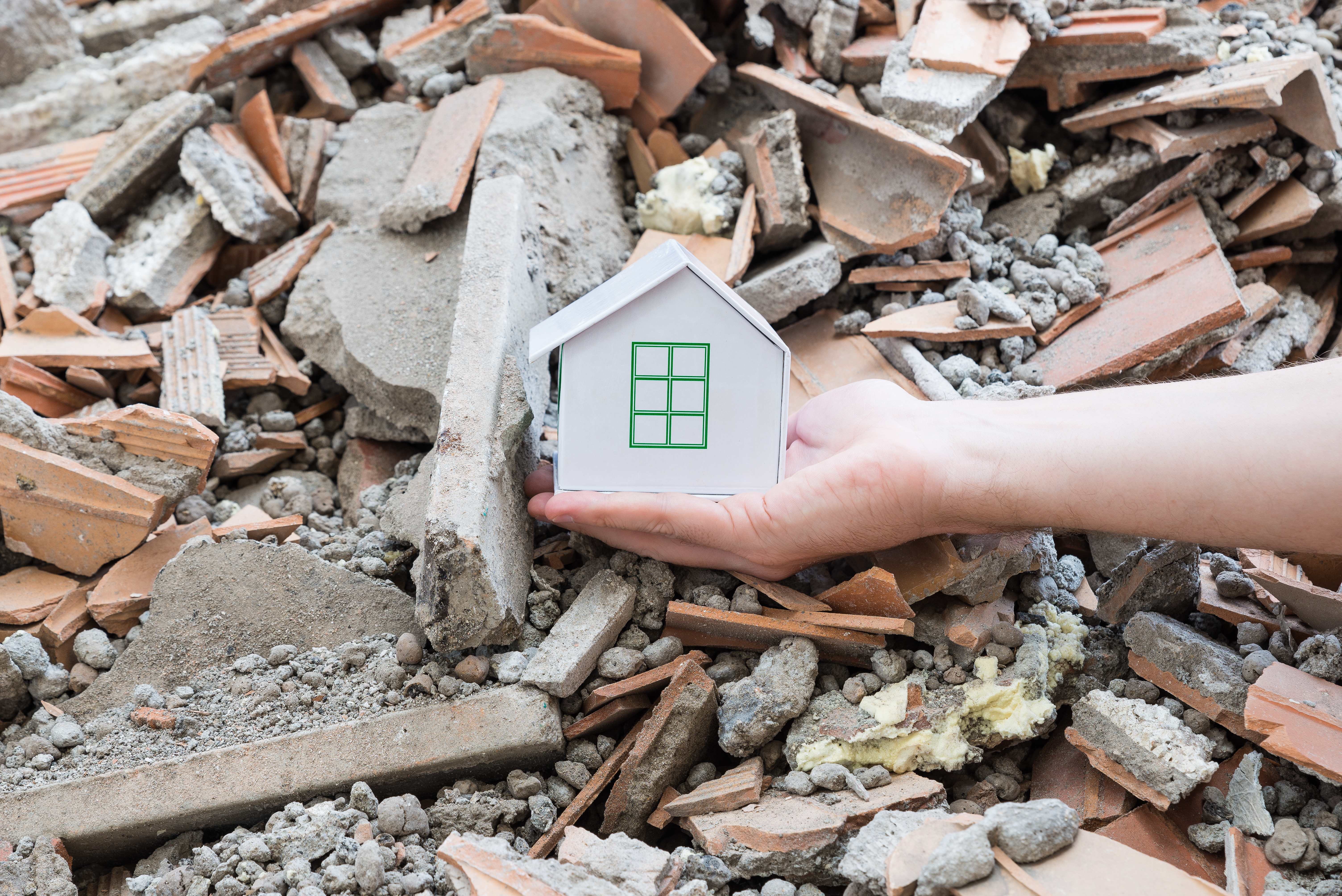 A newly built home in Seattle, Washington has been built to withstand a disaster of seismic proportions.
A newly built home in Seattle, Washington has been built to withstand a disaster of seismic proportions.
Made of concrete, that earthquake resistance exceeds local codes by 20 percent, a metal roof light enough to minimize shaking momentum, and a building envelope that can withstand 130-mile-per-hour winds, the home was the first on the West Coast to meet modern standards for disaster readiness.
But it’s far from the last. As climate change ushers in a new era of extreme weather events, an increasing number of home buyers are looking for homes that are built to withstand intense storms and other disasters—and builders are responding to their concerns by producing stronger, safer homes.
More than 200 million people have been affected by natural disasters over the past decade, while thousands of U.S. homes are damaged by floods, winds and earthquakes each year. Although the risk of an extreme event striking any individual home is relatively low, climate change has made weather patterns increasingly unpredictable. Extreme temperatures, intense heat waves, increased flooding, and droughts are putting greater numbers of homes at risk.
No one knows exactly what to expect from climate change, but it’s clear the phenomenon is at least partially responsible for many, if not most, recent disasters. Climate change played a role in half of all extreme weather events in 2014, the National Oceanic and Atmospheric Administration reports. Scientists at NASA’s Earth Observatory predict rising temperatures could cause increased storm intensity, among other problems. Many communities can expect to see “extreme precipitation events” more frequently, says the 2014 National Climate Assessment.
The increased frequency of extreme weather events is poised to radically shift the way engineers and architects design buildings. As concern over potential disaster spreads to areas that were previously unaffected, contractors are being asked to produce homes that are resilient enough to withstand intense weather.
“Resilient design has never been so crucial,” says Inhabitat, “and architects are up for the challenge.”
The Rise of the Resilient Home
Three in five Americans are worried enough about severe weather events that they’ve fortified their homes against disaster—or plan to do so in the near future. With demand for disaster-resilient homes on the rise, many builders are responding with homes engineered to keep residents safer and minimize the impact of extreme weather.
The movement is gaining momentum, promising “new houses that are tougher and more able to bounce back from extreme weather events,” says the Washington Post. “Although much attention has focused on green building practices, resilient-design strategies take the concept of building efficiently a step further with a proactive approach to creating durable homes that can withstand almost anything Mother Nature throws at them.”
Resilient homes boost consumer confidence and give builders a competitive edge in a market filled with anxious home buyers who aren’t sure what new disasters the future might bring. The trend isn’t limited to hurricane-prone areas like Florida, either—it’s happening nationwide, says real estate professional Jacqueline Nunez.

Although the trend is widespread, the homes themselves homes look different depending on where you are. Since weather risks vary based on region, there’s no one-size-fits-all approach. Rather, a home in the North might have moisture-resistant siding formulated to withstand the freeze-thaw cycle, while a Southern home might feature siding that resists hail and other flying storm debris. Today’s homeowners are increasingly presented with ingenious, disaster-resilient design options such as:
- Indestructible concrete beach houses
- Blizzard-ready dome houses
- Tsunami-resistant homes with raised living areas and foundations built to withstand high-velocity waves
- Round homes designed to endure earthquakes and high winds
Building a New Code
When it comes to disaster preparedness, building homes to code isn’t enough anymore. Local building codes establish the minimum level of disaster mitigation allowed by law, but they’re based on past weather patterns that may no longer apply in the face of climate change.
“Over the past year alone, catastrophic rain events characterized as once-in-500-year or even once-in-1,000-year events have flooded West Virginia, Texas, Oklahoma, South Carolina and now Louisiana,” says Scientific American. “These extreme weather events are forcing many communities to confront what could signal a new climate change normal.”
Remember 2015’s historic East Coast blizzard and rare tornado outbreak in the South and Midwest? They’re all part of recent unusual weather patterns underscoring the fact that we can no longer rely on past weather data to inform future construction.
Instead, many builders are opting to go above and beyond local codes—and new standards are emerging to guide their efforts. Fortified home certification, for example, is to resilient construction what LEED certification is to sustainable building. Developed from more than 20 years of storm damage insurance investigations, it includes engineering and building standards for creating “sturdier structural envelopes that are more resilient against the worst weather conditions than those found in most current building codes,” says Realtor Magazine.
Since its creation, the Fortified program has certified more than 1,000 homes. Studies have found adoption of the standards can result in “substantial reductions in damage, loss and displacements of homeowners,” reducing insurance claims in hurricane-prone areas by as much as 60 percent.
Protecting Communities from Climate Change
Disaster-resistant homes not only save lives and property, but they reduce the amount of time it takes to bounce back after an extreme weather event.
“If a community can recover from a disaster more quickly, the disaster’s negative impact on the economy and vital systems like health care and education can be reduced,” says engineering researcher T. Reed Miller.
Although a resilient home may cost more to build, it can save money in the long run by minimizing repairs and rebuilding due to weather. Natural disasters account for as much as a third of a home’s maintenance costs over the course of 50 years.
“Increased durability means more lives and buildings will be saved, costs to rebuild will be pared, and insurance premiums will be lowered,” says Realtor Magazine.
Are you a home builder who is instilling confidence in your homeowners by building disaster ready homes? What options are you offering to help your communities stay prepared for the unknown?
Professional Warranty Service Corporation, an industry leader known for their home warranty solutions, prepared this article. For more information on how we can partner together to continue homeowner confidence, contact your PWSC Regional Sales Director today!




